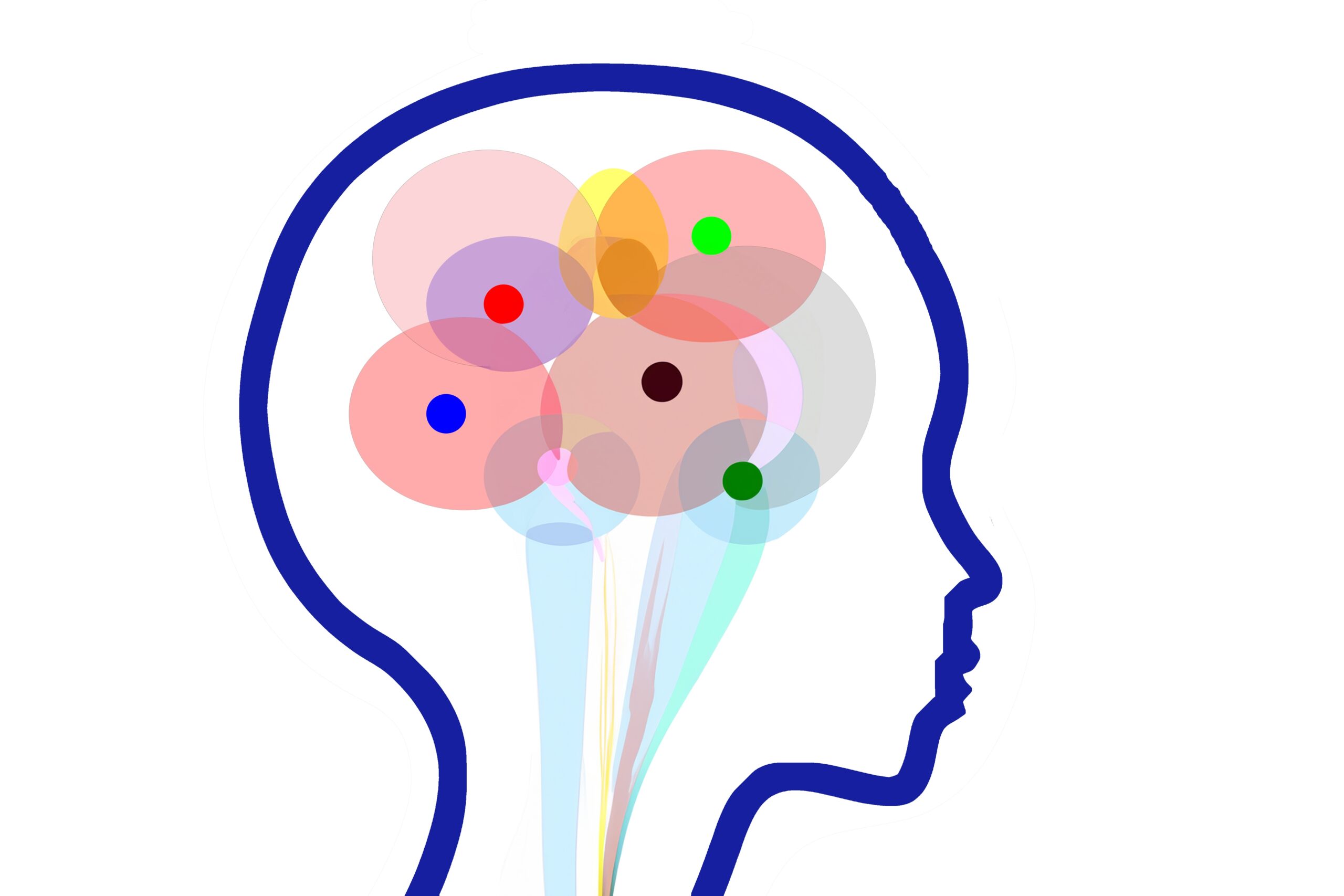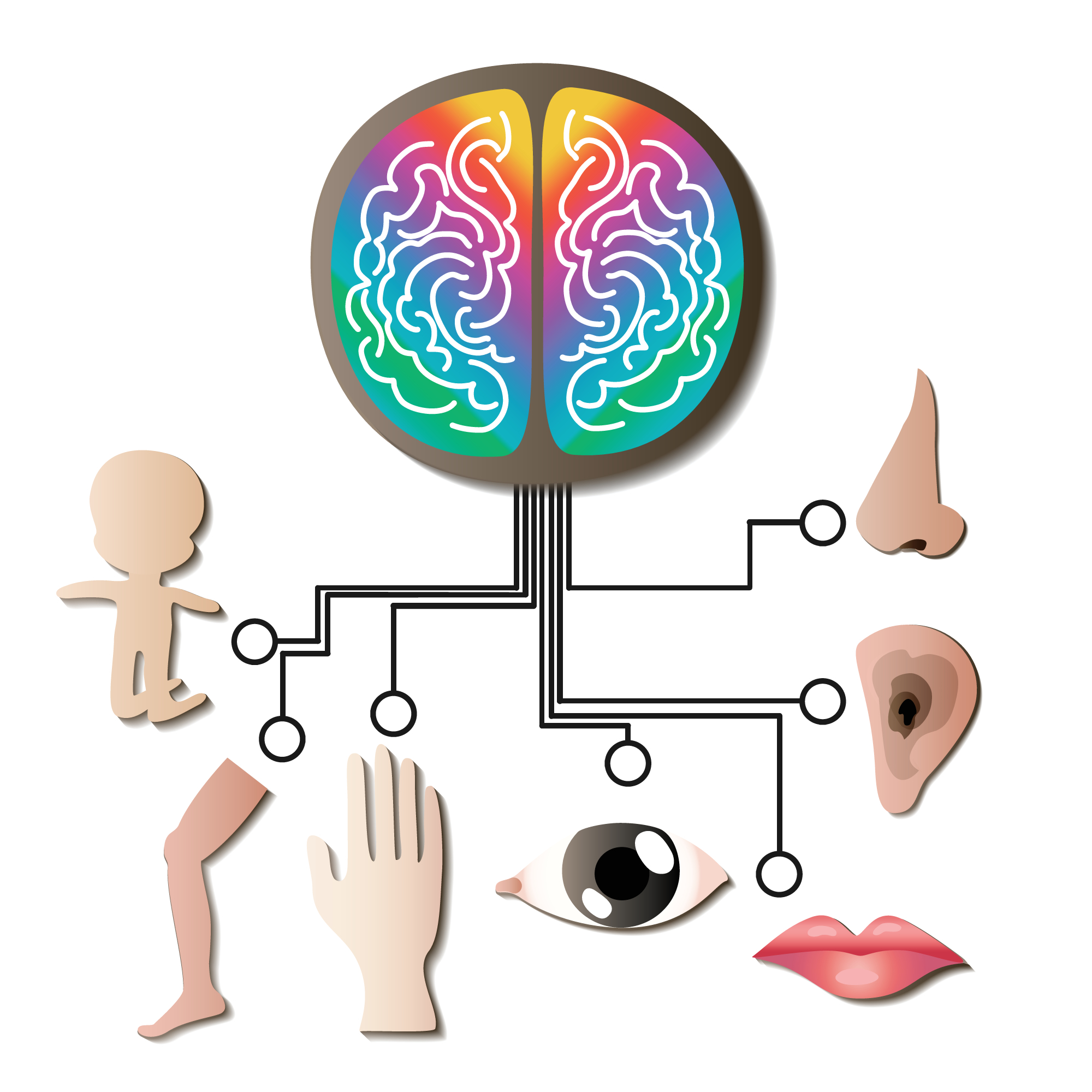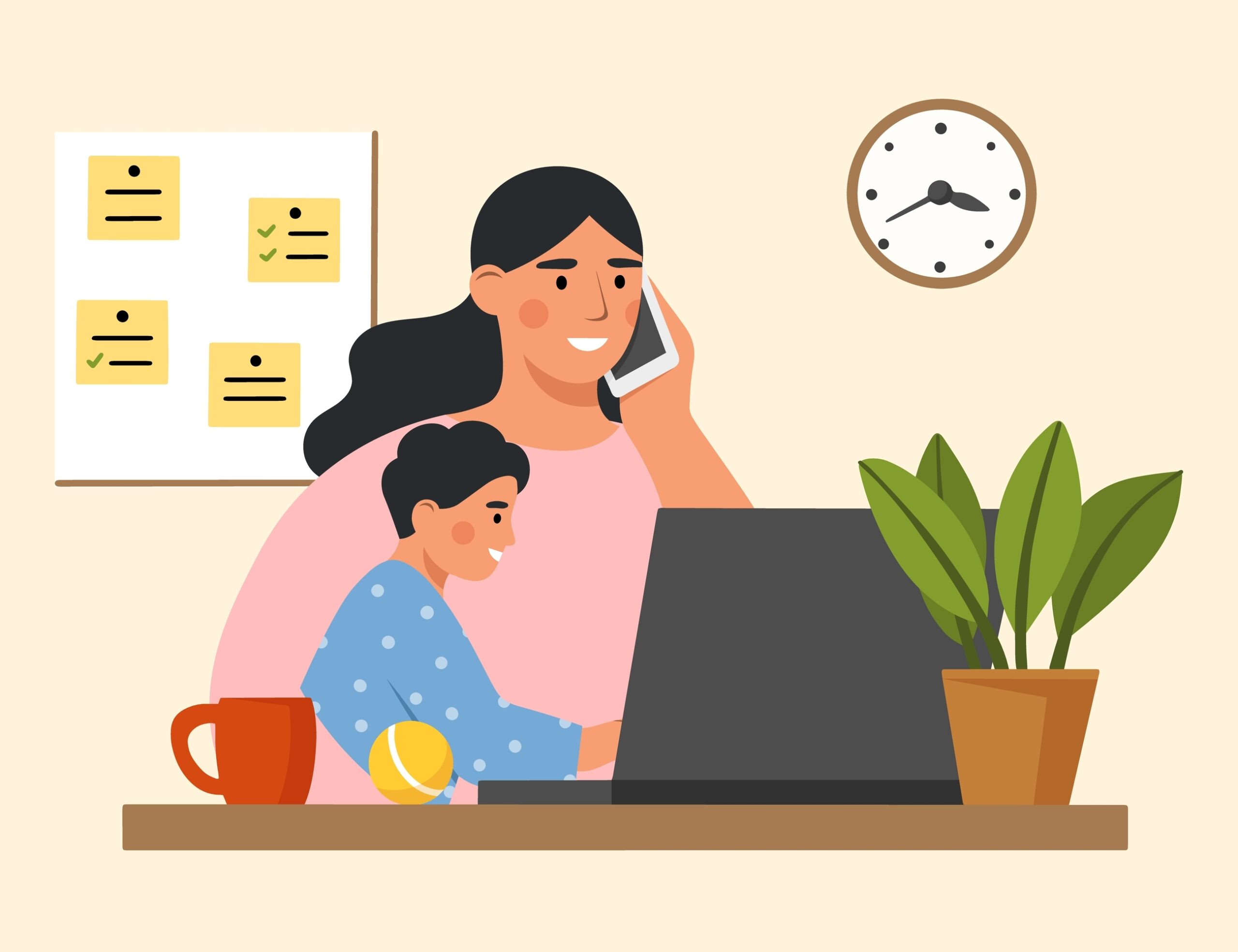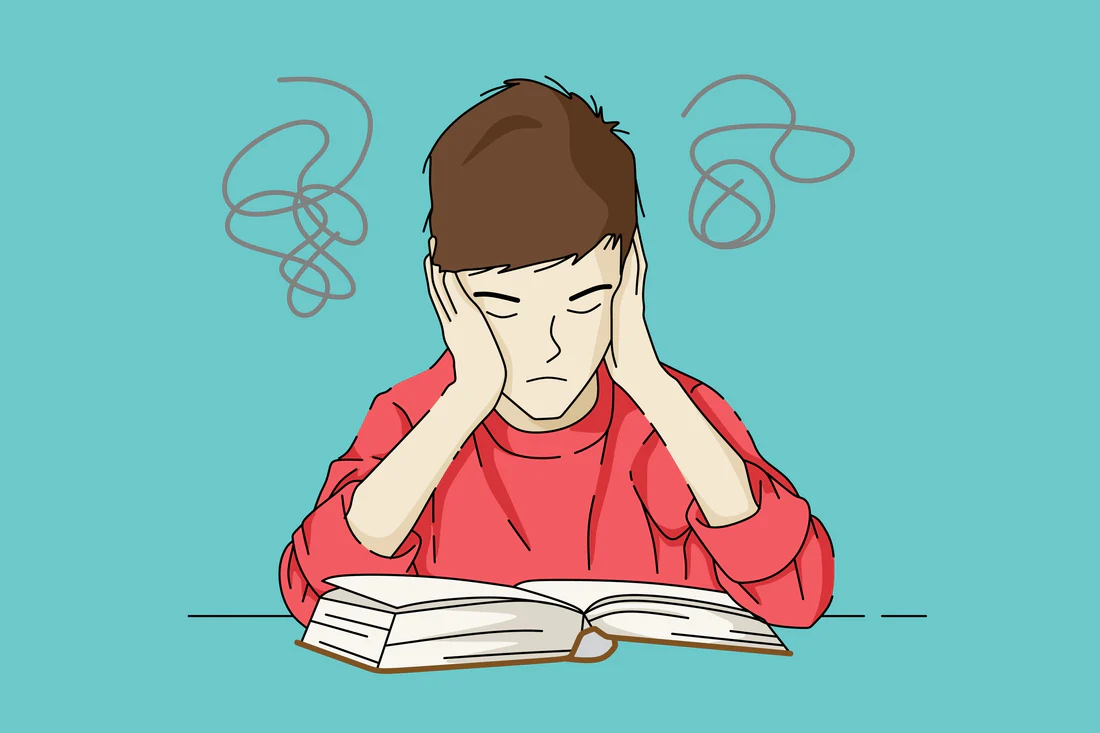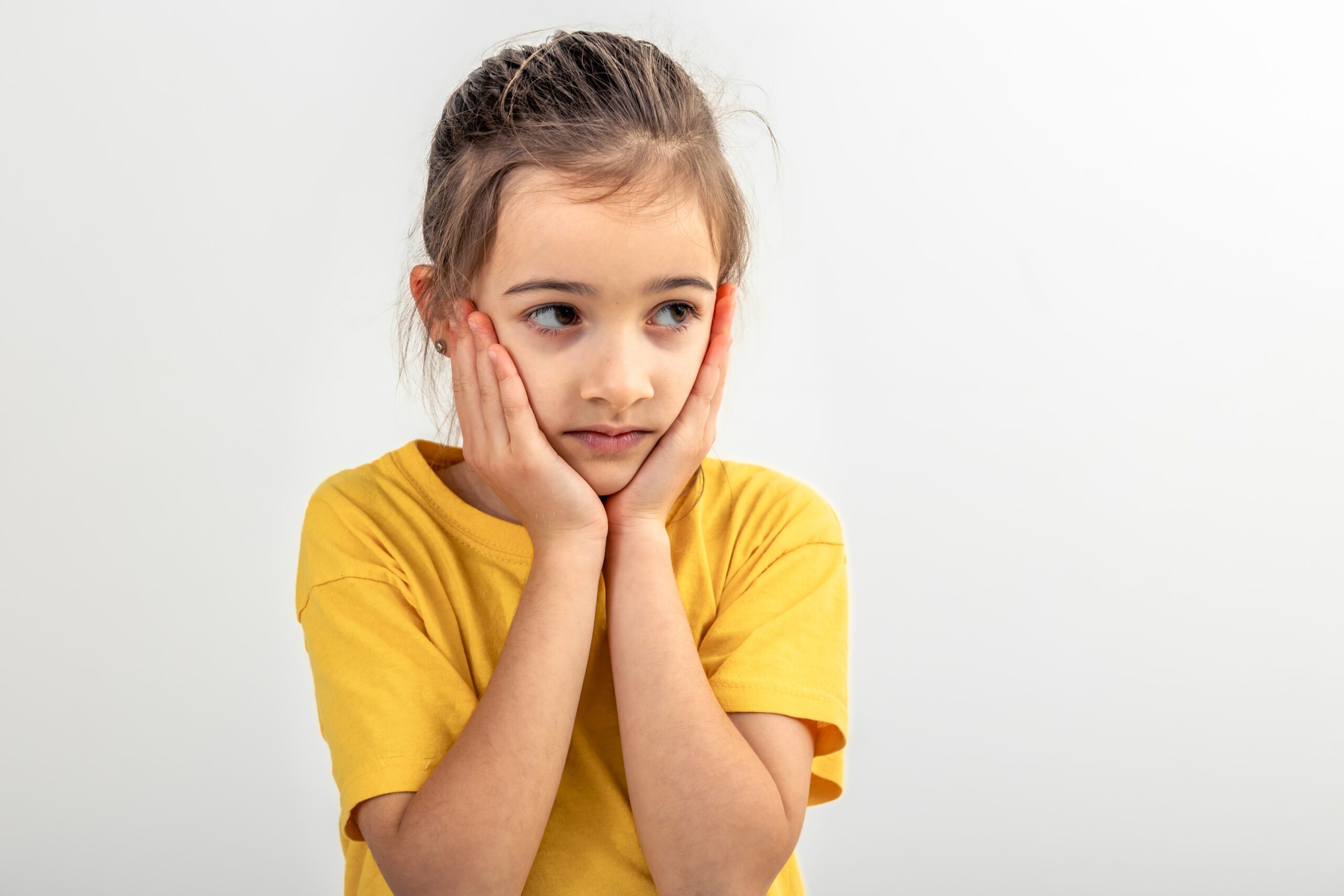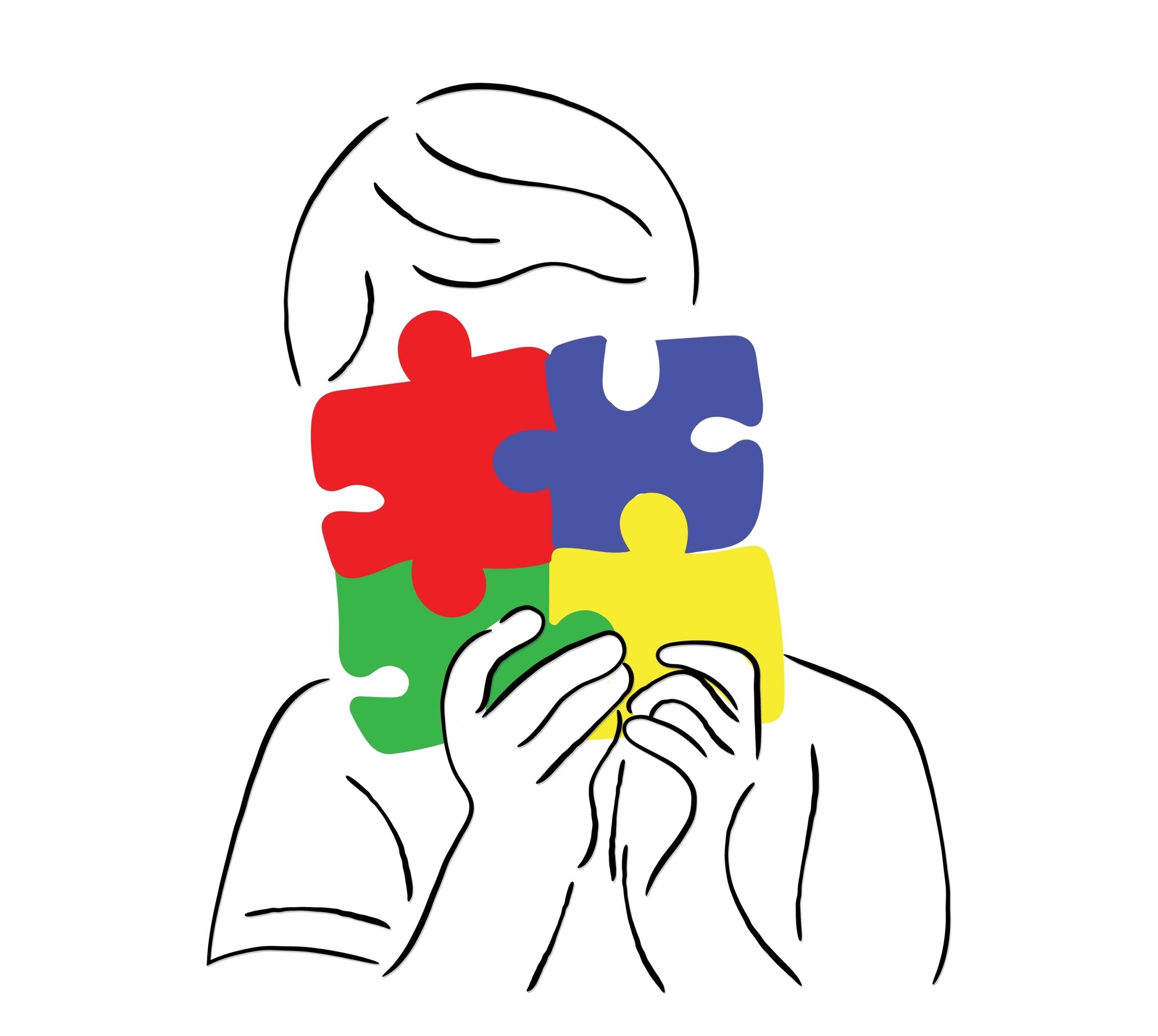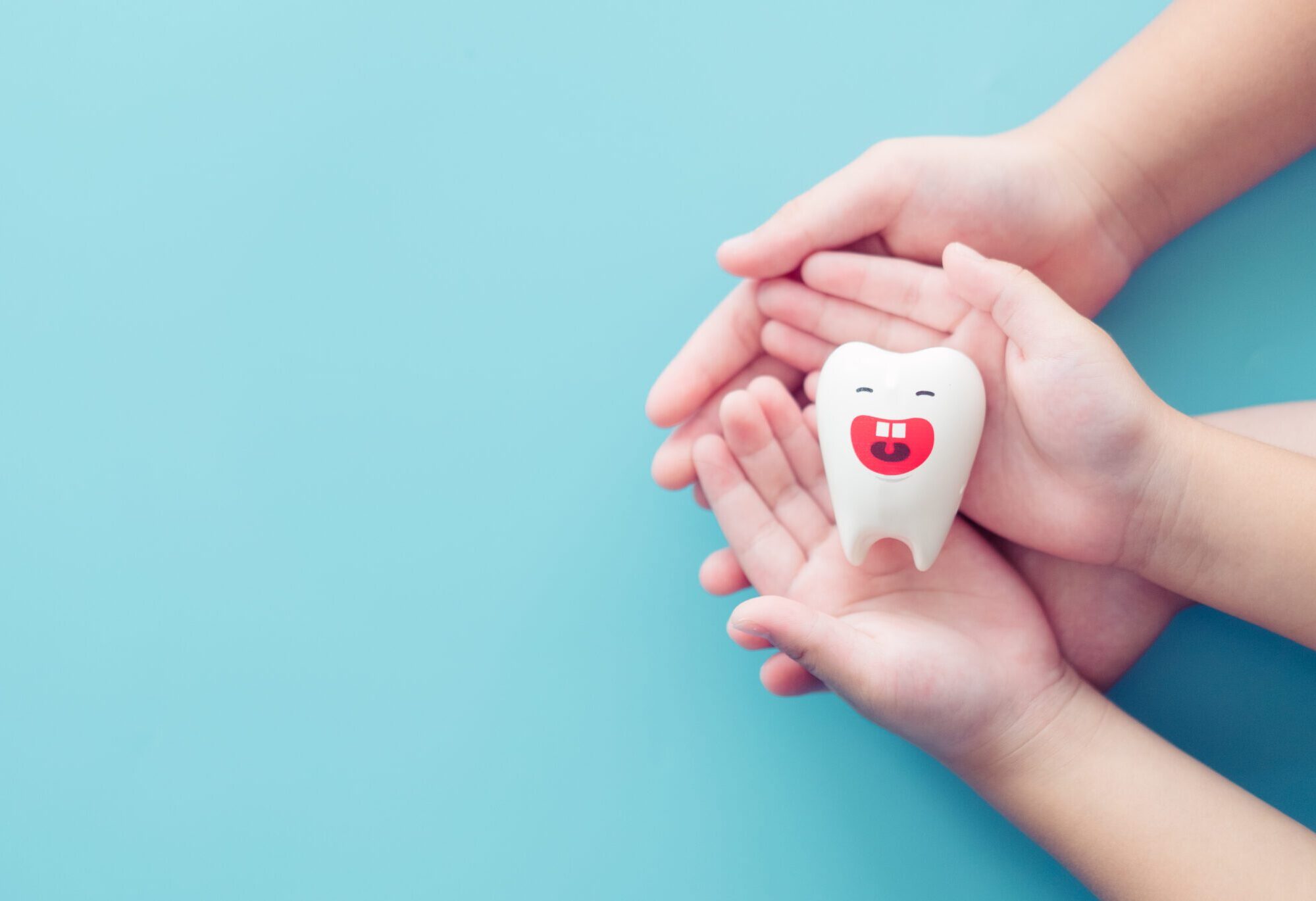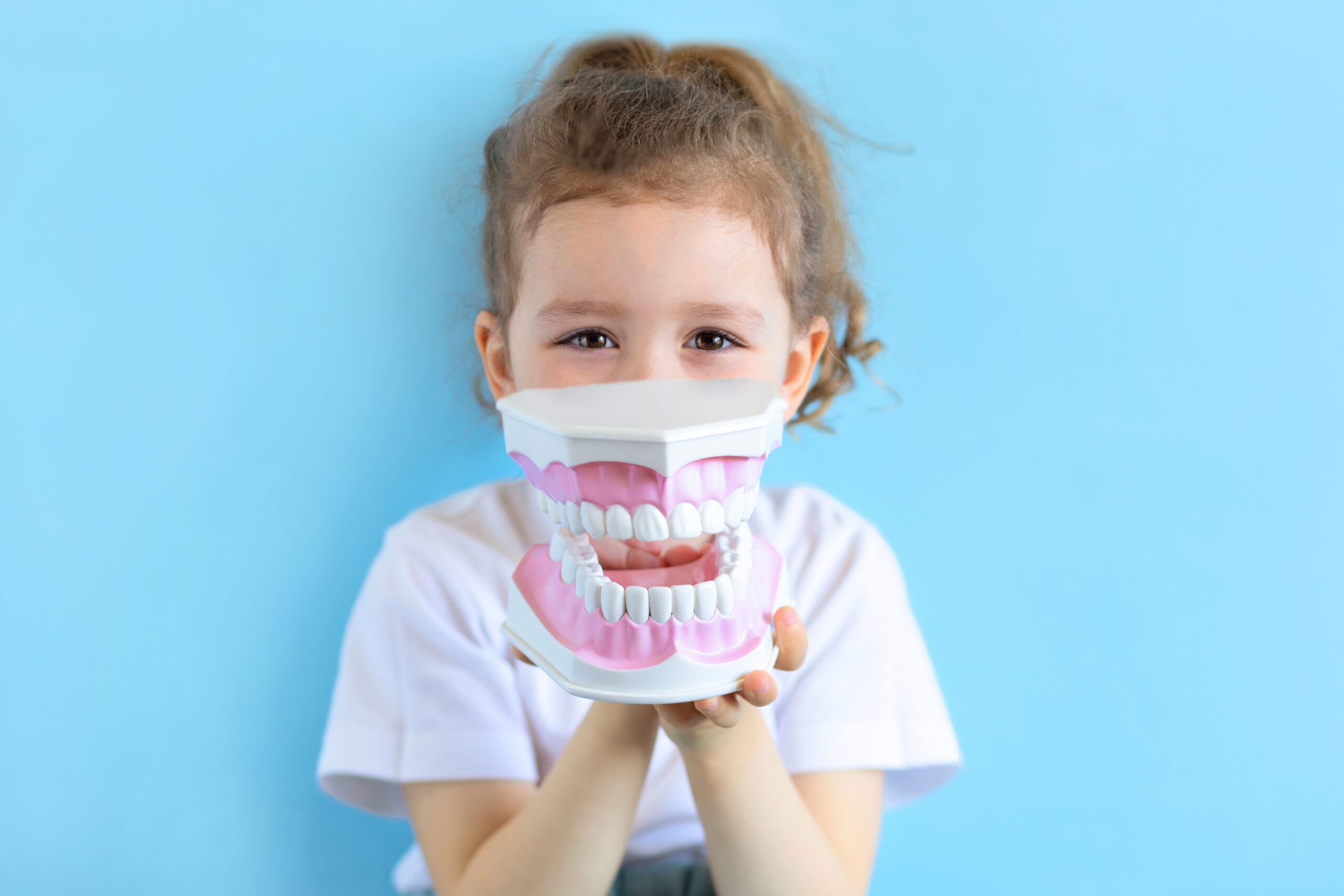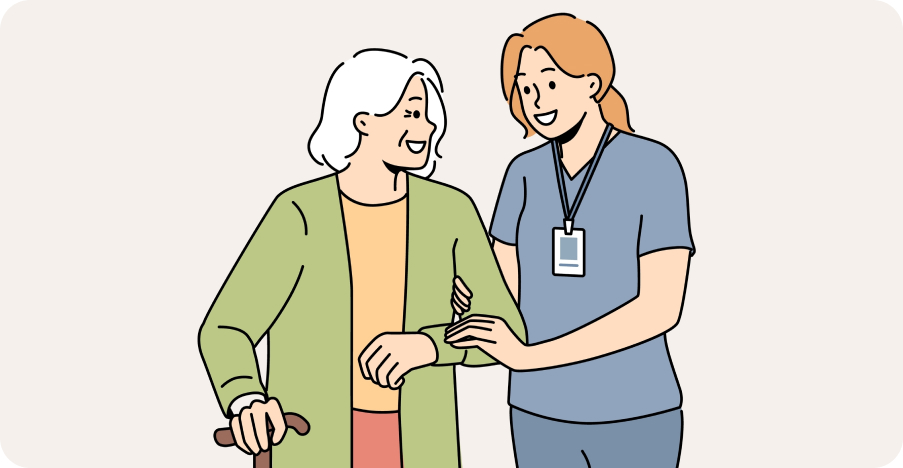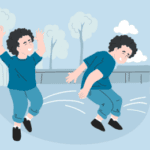
Blog
Migraine or Sensory Overload? How to Tell the Difference
Author: DrSensory
August 13, 2025
Migraine or Sensory Overload? How to Tell the Difference
The intense head pain begins, lights feel blindingly bright, and every sound seems amplified to an unbearable level. You retreat to a dark, quiet room, desperate for relief. Is this a classic migraine attack, or is it a severe case of sensory overload? The lines between these two experiences can feel incredibly blurry, as they share many distressing symptoms, including heightened sensitivity to light and sound, nausea, and an overwhelming need to escape the environment.
Differentiating between a migraine and sensory overload is more than just a matter of semantics. While they can and often do trigger each other, understanding the root cause of your symptoms is crucial for finding the most effective way to manage them. Treating a sensory overload episode with migraine medication might not work, and trying to “push through” a migraine as if it’s just overstimulation can make the attack much worse.
This guide will help you untangle these two distinct yet overlapping conditions. We’ll define sensory overload and migraine, highlight the key differences to help you identify what you are experiencing, and provide practical tips for managing both, empowering you to take control and find relief.
What Is Sensory Overload?
Sensory overload is a state where your brain receives more input from your senses than it can process and organize. It’s like having too many browser tabs open on your computer; eventually, the system slows down and crashes. For individuals with conditions like Sensory Processing Disorder (SPD), autism, ADHD, or even high anxiety, this “crash” happens much more easily.
The brain’s sensory filter, which should automatically tune out irrelevant information like the hum of a fan or the feeling of a shirt on your skin, is not working efficiently. As a result, every piece of sensory data—sights, sounds, smells, tastes, and touch—is processed with equal importance. This flood of information overwhelms the nervous system, triggering a physiological fight-or-flight response. It is primarily an issue of processing, not a primary headache disorder.
Symptoms of sensory overload include:
- Intense anxiety, irritability, or a feeling of being “on edge.”
- Difficulty focusing or concentrating.
- A strong urge to escape the current environment.
- Covering ears or shielding eyes.
- Feeling physically uncomfortable or agitated.
- In severe cases, it can lead to a shutdown (withdrawing completely) or a meltdown (an intense emotional and behavioral outburst).
What Is a Migraine?
A migraine is a complex neurological disease characterized by severe, throbbing head pain, which is often, but not always, confined to one side of the head. It is far more than just a bad headache. A migraine attack is a cascade of neurological events that can last for hours or even days, significantly impacting a person’s ability to function.
Migraines are believed to be caused by changes in the brainstem and its interactions with the trigeminal nerve, a major pain pathway. They often progress through distinct stages, though not everyone experiences all of them:
- Prodrome: Subtle changes that occur one or two days before a migraine, such as mood changes, food cravings, or neck stiffness.
- Aura: Reversible symptoms of the nervous system that usually occur before or during the headache. These are often visual (flashing lights, blind spots) but can also be sensory (pins and needles) or motor.
- Attack: The headache phase, characterized by moderate to severe pain, often accompanied by nausea, vomiting, and extreme sensitivity to light (photophobia) and sound (phonophobia).
- Postdrome: The phase after the attack, where individuals may feel drained and exhausted, often referred to as a “migraine hangover.”
Key Differences Between Migraines and Sensory Overload
While sensory sensitivity is a hallmark of both, a few key distinctions can help you determine what you’re experiencing. The primary differentiator is the headache itself.
- Primary Symptom: For a migraine, the primary and defining symptom is the head pain, which is typically throbbing and moderate to severe in intensity. For sensory overload, the primary symptom is a feeling of being overwhelmed and agitated by environmental stimuli; head pain is not a required feature, although it can develop as a result of the stress.
- Onset and Triggers: Sensory overload is almost always a direct and immediate response to an overly stimulating environment (a crowded mall, a loud concert, a visually busy classroom). Relief often begins as soon as the person is removed from that environment. Migraine triggers can be more varied and sometimes delayed. Triggers can include hormonal changes, certain foods, weather shifts, or stress, and the attack may not begin until hours after exposure.
- The Nature of the Headache: When head pain does accompany sensory overload, it often feels like a tension headache—a tight, squeezing pressure around the head. A migraine headache is characteristically a pulsating or throbbing pain, often localized to one side of the head.
- Presence of Aura: The visual or sensory disturbances of an aura (like seeing zig-zag lines or experiencing numbness) are specific to migraines. Sensory overload does not include a distinct aura phase.
- The “Postdrome” Effect: After a migraine attack, it’s common to experience a postdrome phase of exhaustion and cognitive fog for up to a day. While a sensory overload episode can be tiring, it doesn’t typically have the same prolonged “hangover” effect once the nervous system has had a chance to calm down.
It’s important to note the cyclical relationship: a highly stimulating environment can trigger a migraine in a susceptible person, and the sensory sensitivity experienced during a migraine attack is, in itself, a state of acute sensory overload.
Tips for Managing Both Conditions
Whether you’re dealing with migraines, sensory overload, or both, proactive management and in-the-moment coping strategies can make a significant difference.
1. Identify and Reduce Triggers:
Keep a simple journal to track your episodes. Note the environment, what you ate, the weather, and your stress levels. Over time, you may see patterns emerge that help you identify your specific triggers. This allows you to avoid them when possible or prepare for them when they are unavoidable.
2. Create a “Go-Kit”:
Have a small kit ready with tools to help you manage sensory input on the go. This might include:
- Noise-canceling headphones or discreet earplugs.
- Sunglasses or a wide-brimmed hat for bright lights.
- A comforting scent (like a lavender oil roller) to block out offensive smells.
- Migraine-specific medication prescribed by your doctor.
3. Prioritize a Calm Nervous System:
Both conditions are exacerbated by stress. Incorporate daily practices that help regulate your nervous system. This could include deep breathing exercises, mindfulness meditation, gentle yoga, or spending time in nature. Consistent sleep and a balanced diet are also fundamental for neurological health.
4. Plan for Escape:
When you enter a potentially challenging environment, always have an exit strategy. Know where the quiet spaces are. Give yourself permission to leave a social event early if you feel overwhelmed. Pushing through often leads to a more severe episode.
5. Consult Professionals:
If you experience recurring, debilitating episodes, seek professional help. A neurologist can properly diagnose and treat migraines. An occupational therapist specializing in sensory processing can help you develop strategies and a “sensory diet” to manage overload and improve your brain’s ability to process sensory information.

Frequently Asked Questions (FAQs)
❓Can sensory overload cause a migraine?
Yes, for individuals prone to migraines, an intense sensory overload episode can be a powerful trigger. The stress and neurological strain from processing too much information can initiate the cascade of events that leads to a migraine attack.
❓Why are light and sound so painful during a migraine?
This heightened sensitivity is called photophobia (light) and phonophobia (sound). During a migraine, the brain is in a state of hyper-excitability. The pathways that process sensory information become dysregulated, causing normal stimuli to be perceived as intensely painful.
❓Can children experience both migraines and sensory overload?
Yes. Childhood migraines are common, and many children, especially those with autism or ADHD, struggle with sensory processing. It’s important to observe a child’s behavior to differentiate, as they may not be able to articulate their symptoms clearly.
❓Are there any medications for sensory overload?
There are no specific medications to treat sensory overload itself, as it is a processing issue, not a disease. Treatment focuses on occupational therapy and management strategies. However, if anxiety is a major component, a doctor may discuss medications for anxiety.
❓What is the first thing I should do when I feel an episode coming on?
The best first step for both is to retreat. Find a dark, quiet, and calm space as quickly as possible. Reduce all sensory input. For a migraine, take your prescribed medication as soon as you recognize the symptoms. For sensory overload, focus on deep, slow breathing to help calm your nervous system.
related blogs
Your child is constantly moving, crashing into furniture, or having meltdowns in response to seemingly minor things like a loud
Your toddler refuses to wear certain clothes, has huge meltdowns in noisy places, or is an extremely picky eater, limited
Your child seems to miss verbal instructions, struggles to follow conversations in noisy environments, and often asks "what?" even when
On the surface, autism and Ehlers-Danlos syndrome (EDS) might seem like two entirely unrelated conditions. One is a neurodevelopmental condition
You watch your child struggle with things that seem to come so easily to other kids. Maybe they have meltdowns




